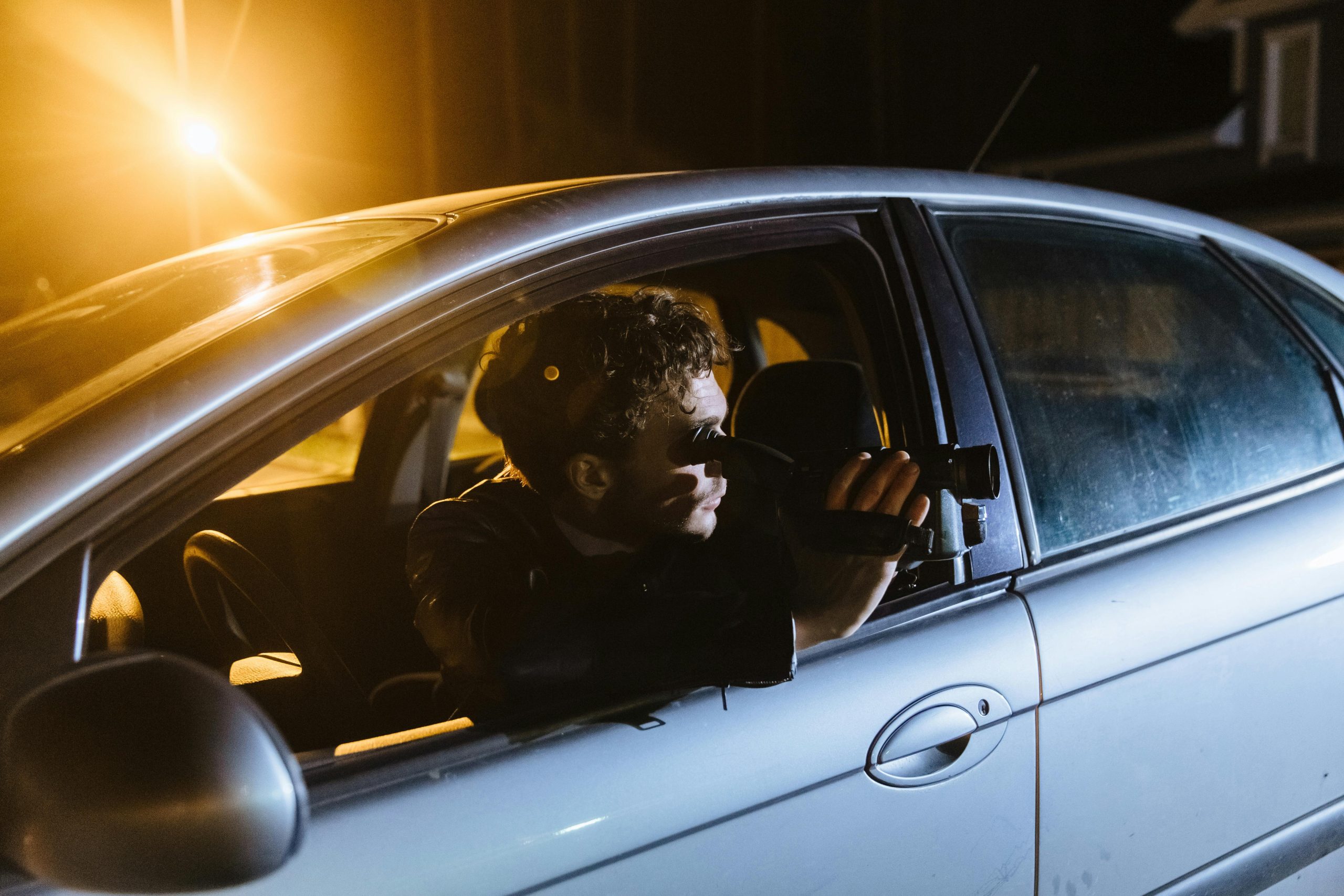ChatGPT generating more realistic images when in landscape; why?
Understanding Why ChatGPT Produces More Realistic Images in Landscape Orientation
In recent experimentation with AI-generated imagery, I’ve observed an intriguing pattern: images generated in landscape orientation tend to appear more realistic compared to those in portrait mode. This phenomenon became evident during a personal project involving image synthesis, where a simple oversight—failing to specify the desired orientation—led to a noticeable shift in output quality.
The Role of Image Orientation in AI Image Generation
When working with AI models like ChatGPT integrated with image generation tools, prompt specificity significantly influences the results. Typically, I include detailed instructions such as requesting images to be “as photorealistic as possible,” aiming to avoid overly artistic or painterly styles. Despite this, my images in portrait mode often lacked the realism I sought.
However, upon omitting the orientation directive, the generated images defaulted to a landscape format and, surprisingly, appeared markedly more authentic. This suggests that the model’s default behavior or training biases may favor landscape compositions, thereby producing more convincing photorealistic images automatically.
Possible Explanations for the Phenomenon
Several factors might contribute to this pattern:
-
Model Biases Toward Composition: Many AI image models are trained on datasets with a predominance of landscape images, especially in realistic photography genres. Consequently, when not specified, the model naturally defaults to these configurations, resulting in more genuine depictions.
-
Technical Defaults and Aspect Ratios: The AI’s underlying architecture or interface might be configured to prioritize certain aspect ratios—commonly landscape—when explicit instructions are absent. This default setting could enhance the realism by aligning with typical photographic standards.
-
Prompt Specificity and Interpretations: Explicit prompts regarding orientation steer the model toward a particular composition, sometimes inadvertently limiting its ability to produce naturally balanced and realistic images. Imposing an orientation may constrain the model, leading to less authentic outputs in some cases.
Implications for Content Creators and AI Enthusiasts
For digital artists, designers, and AI hobbyists, understanding these nuances can help optimize the quality of generated images. If realism is a primary goal, it might be advantageous to either omit specific orientation instructions—letting the model default to its more natural modes—or explicitly specify landscape orientation to leverage its inherent biases.
Conclusion
While AI-generated imagery continues to evolve, these observations highlight the subtle ways in which default settings, model training data, and prompt design influence outcomes. Recognizing that landscape orientation often yields














Post Comment